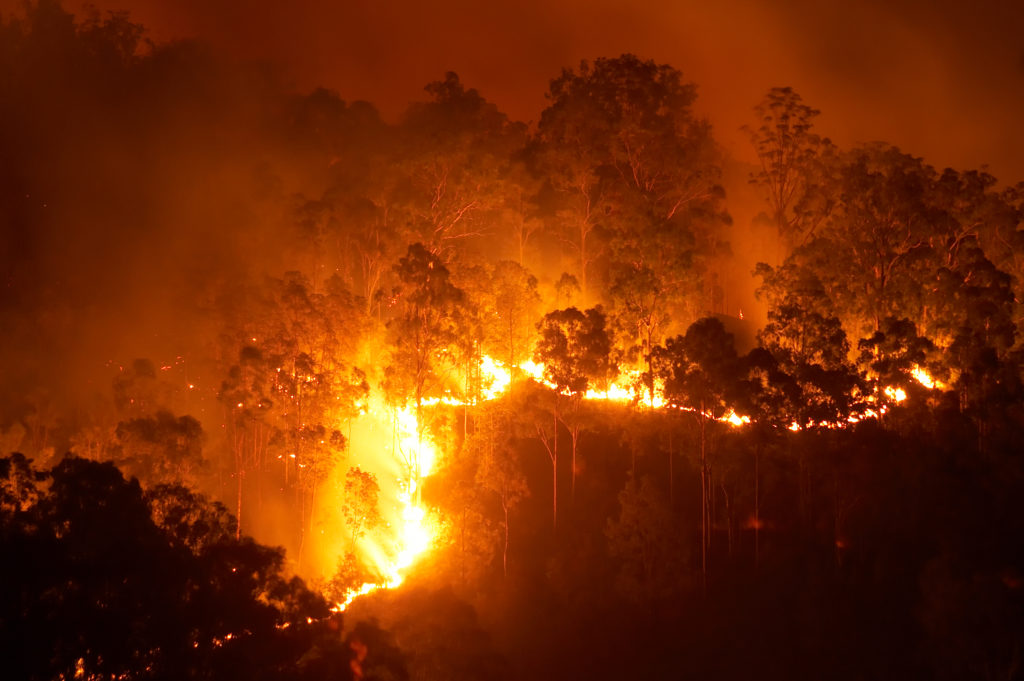Demystifying BAL Reports: A Guide to Understanding Your Home's Bushfire Danger
Demystifying BAL Reports: A Guide to Understanding Your Home's Bushfire Danger
Blog Article
Ensuring Bush Fire Defense Via Proper BAL Record Analysis
In the realm of bush fire defense, the careful analysis of Bushfire Strike Degree (BAL) records stands as a foundation for safeguarding residential or commercial properties versus the destructive effect of wildfires. With ecological elements and residential property characteristics playing significant functions in figuring out the level of threat, a complete understanding of BAL ratings becomes necessary. The genuine essence lies not simply in understanding these reports but in understanding them effectively to create customized fire security approaches. By delving right into the importance of BAL report evaluation, we reveal a realm where notified decisions lead the course towards reinforcing residential or commercial property safety and security and strength in fire-prone areas.
Recognizing Bushfire Strike Degree (BAL)
In the realm of bushfire defense, comprehending the Bushfire Attack Level (BAL) is vital for making sure efficient mitigation approaches. Understanding the BAL score of a property is critical for building policymakers, contractors, and proprietors to apply suitable measures to secure against bushfire dangers.

Significance of BAL Record Analysis
A necessary element in bushfire security planning involves the complete evaluation of BAL records to assess the possible threats and identify proper mitigation methods. BAL records provide critical details regarding the possible effect of bushfires on a residential property based upon numerous elements such as greenery kind, distance to possible fire dangers, and incline of the land. Analyzing these records with accuracy is paramount in establishing effective bushfire security procedures tailored to the details danger account of a property.
Implementing Fire Security Procedures
Executing effective fire security measures is crucial for securing buildings in bushfire-prone locations. This involves cleaning flammable plants, such as completely dry fallen leaves and branches, within a specific span of the home.
Moreover, having a ample and properly maintained water supply, such as a container or swimming pool, can aid firemens in their efforts to secure the property. It is very important to have a clear evacuation strategy in position and to make certain that all citizens know with the treatments. In addition, having firefighting tools easily offered, such as hoses and fire extinguishers, can assist in dealing with little place fires before they rise. In general, carrying out a combination of these fire defense actions can significantly boost the opportunities of guarding properties throughout bushfire occasions.
Mitigating Threats in Fire-Prone Areas
To strengthen buildings versus bushfire hazards, a critical emphasis on mitigating risks in fire-prone locations is essential. One essential facet of risk mitigation is maintaining defensible room around properties by removing flammable greenery, ensuring appropriate spacing between trees and frameworks, and using fire-resistant landscaping practices.
Furthermore, creating or retrofitting structures with fire-resistant materials and making sure appropriate upkeep of roof coverings, rain gutters, and exterior cladding can substantially boost the residential or commercial property's resilience to bushfires. Creating and exercising a bushfire emergency strategy my sources with all passengers, consisting of discharge procedures and communication approaches, is additionally important in mitigating dangers efficiently. By taking on a positive method to risk reduction in fire-prone areas, property proprietors can much better shield their properties and enhance overall bushfire preparedness.
Ensuring Residential Property Safety and Strength
Guaranteeing the security and strength of buildings in fire-prone locations calls for an unwavering commitment to robust safety nets and strategic planning. Building safety starts with carrying out effective steps to minimize fire risks. This includes preserving a defensible room around the building by getting rid of flammable plant life, making sure appropriate maintenance of seamless gutters and roof coverings, and using fire-resistant building products. Normal maintenance of firefighting equipment, such as hose pipes and automatic sprinkler, is likewise vital to residential property strength.
Strength, on the other hand, involves the ability of a residential or commercial property to recoup and withstand from a bushfire. anonymous This can be boosted with the installation of cinder guards on windows and vents, ensuring that entrance points for ashes are decreased. Furthermore, having a well-balanced evacuation strategy and practicing it frequently can considerably enhance building resilience. Teaming up with neighbors and regional fire authorities can also bolster the safety and security and resilience of residential properties in fire-prone locations. By proactively resolving these elements, homeowner can much better safeguard their properties and loved ones from the risk of bushfires.
Conclusion
Finally, making certain bushfire security through proper BAL report evaluation is important for recognizing the level of threat positioned by bushfires and executing needed fire protection measures. By alleviating dangers in fire-prone areas and making certain home safety and strength, areas and people can better get ready for and react to bushfire occasions. It is critical to prioritize fire safety and security procedures to shield lives and home in these high-risk environments.
In the world of bush fire security, the precise evaluation of Bushfire Strike Degree (BAL) records stands as a cornerstone for securing residential properties versus the terrible influence of wildfires (BAL Report). Understanding the BAL rating of a property is critical for residential property contractors, policymakers, and owners to execute appropriate measures to secure against bushfire dangers

BAL reports provide crucial info regarding the potential effect of bushfires on a residential or commercial property based on numerous factors such as plants kind, range to possible fire check that dangers, and slope of the land (BAL Report). Overall, executing a mix of these fire security actions can substantially enhance the opportunities of securing homes during bushfire occasions
Report this page